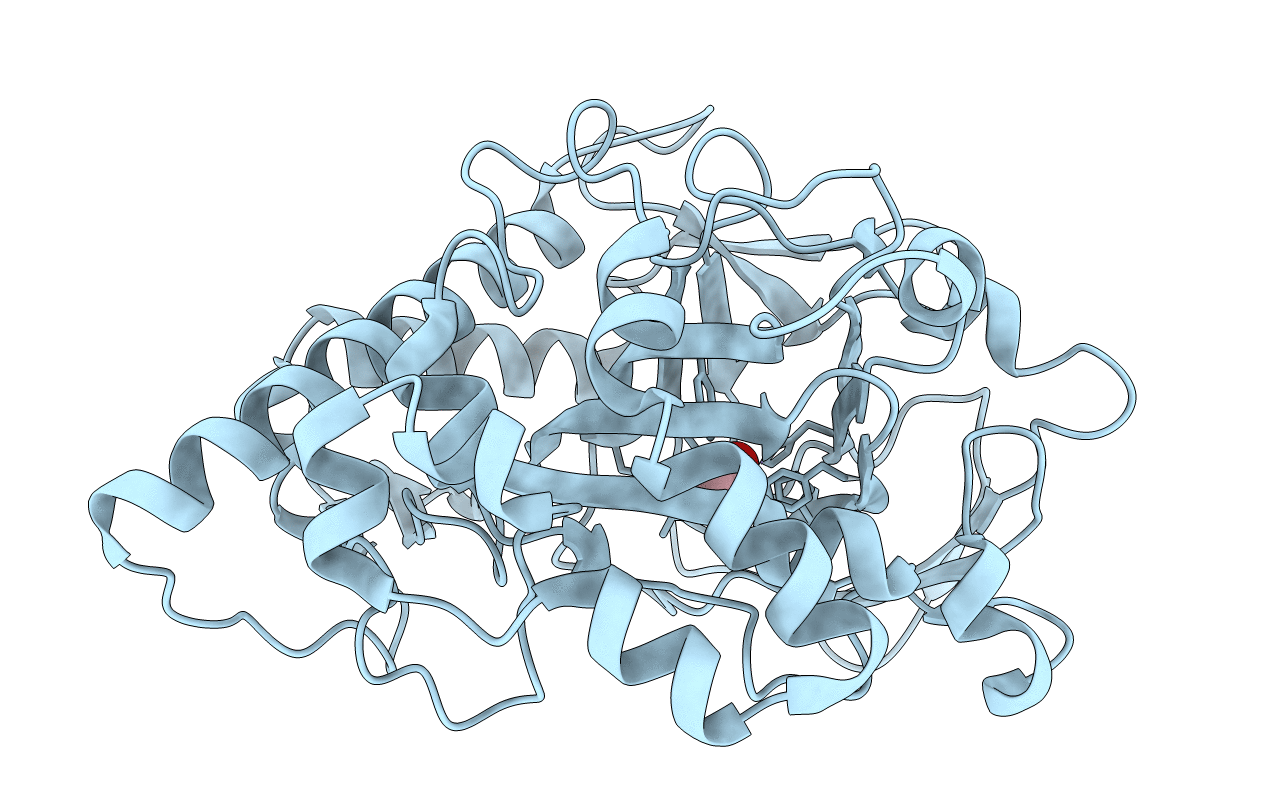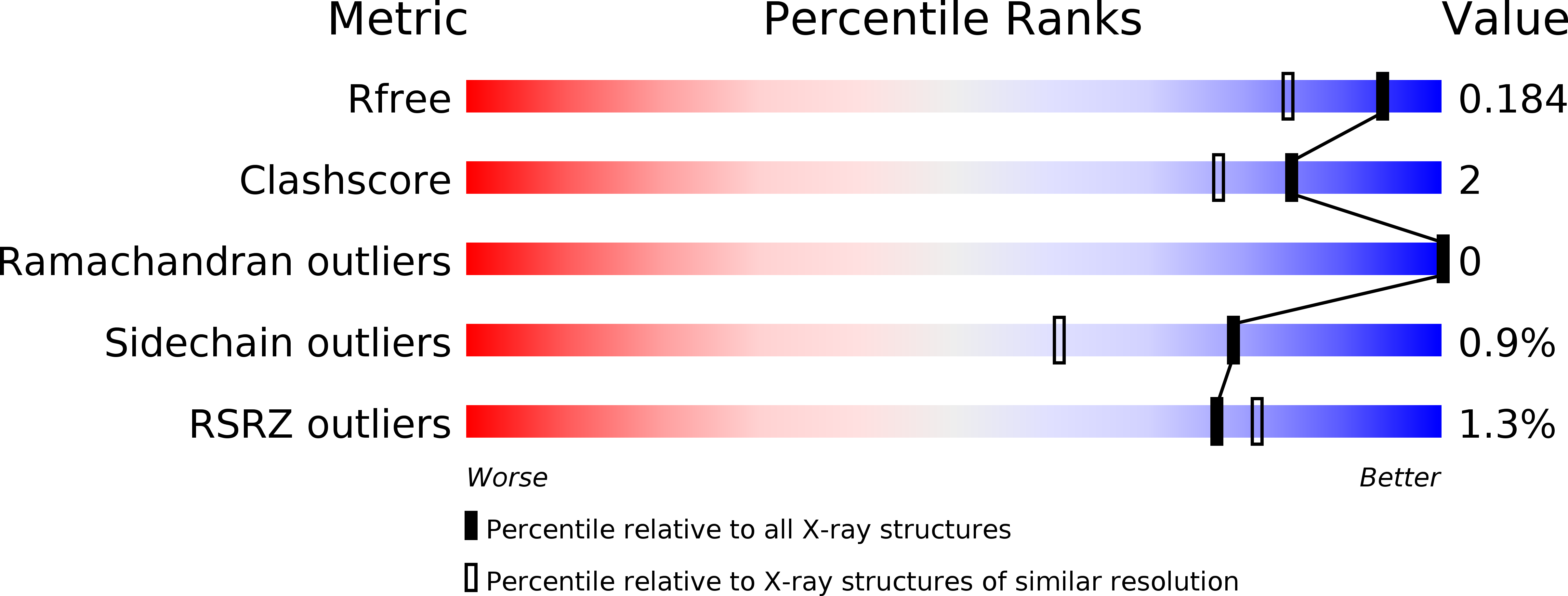
Deposition Date
2017-05-10
Release Date
2017-11-01
Last Version Date
2024-10-16
Entry Detail
Biological Source:
Source Organism:
Acinetobacter bereziniae NIPH 3 (Taxon ID: 1217651)
Host Organism:
Method Details:
Experimental Method:
Resolution:
1.50 Å
R-Value Free:
0.18
R-Value Work:
0.13
R-Value Observed:
0.13
Space Group:
P 21 21 21


